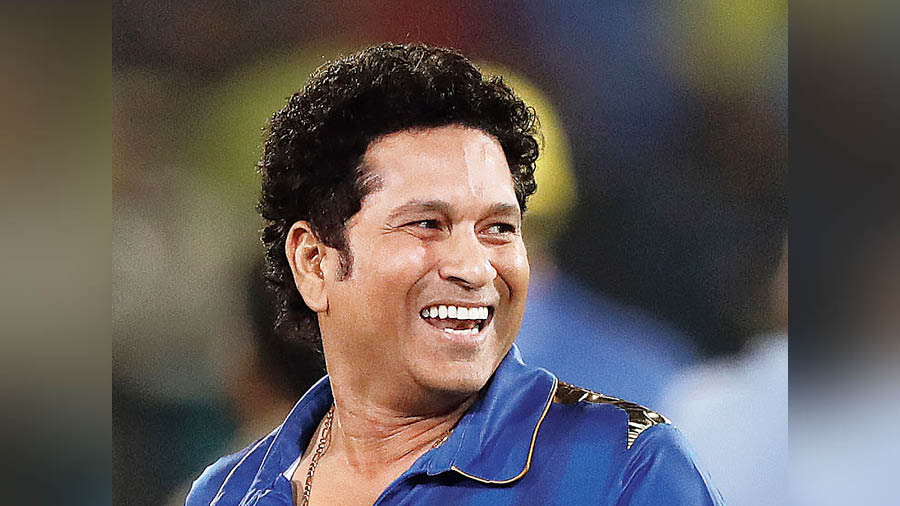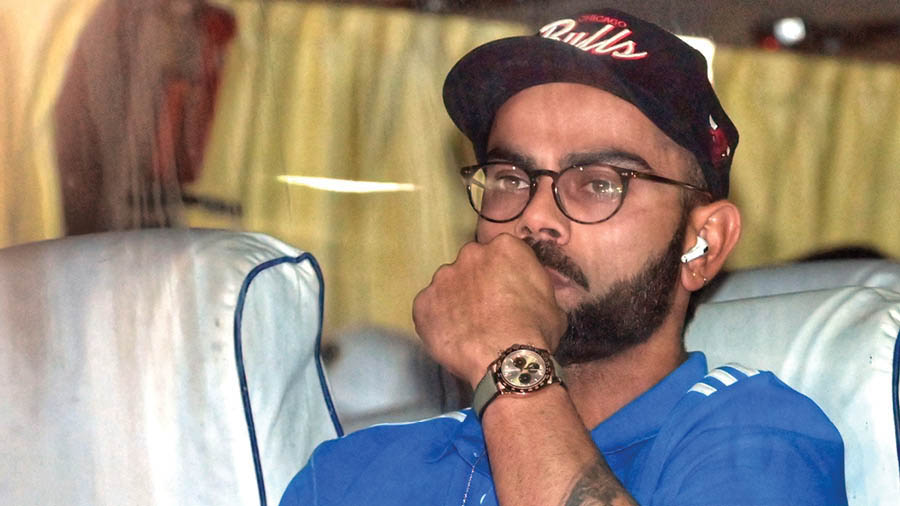As Virat Kohli turns 35 on Sunday and gets ready to take on South Africa at the Eden Gardens, while also chasing his record-equalling 49th ODI century, My Kolkata decided to dig deep into the numbers to answer one of the most hotly debated questions in cricket today — is Virat Kohli the greatest ODI batter in men’s cricket history?
To answer this, we are not going by anecdotes, memories or vibes. Rather, we are prioritising our process on numbers, which Kohli has dominated like few others in the game. Among the aspects we will focus on are longevity and consistency, Kohli as the greatest chaser in ODI history, contributions to match-winning efforts as well as performances in multinational competitions (all statistics courtesy ESPN Cricinfo). Finally, we will also try to take apart one of the most common arguments held against Kohli in the ODI GOAT race. But, before all that, here is an overview of Kohli’s ODI statistics in all their glory. Prior to taking the field against South Africa in Kolkata, Kohli has amassed 13,525 runs in ODIs at an average of 58.04 and a strike rate of 93.63. Nobody has crossed 8,000, 9,000, 10,000, 11,000, 12,000 or 13,000 ODI runs faster than Kohli. No ODI batter with more than 5,000 runs has a better average and none with more than 10,000 runs has a better strike rate than Kohli. His conversion rate (converting 50s into 100s) is a staggering 68.57 per cent, with only Rohit Sharma’s 57.40 per cent coming close among those with more than 25 ODI centuries to their names.
Longevity and consistency
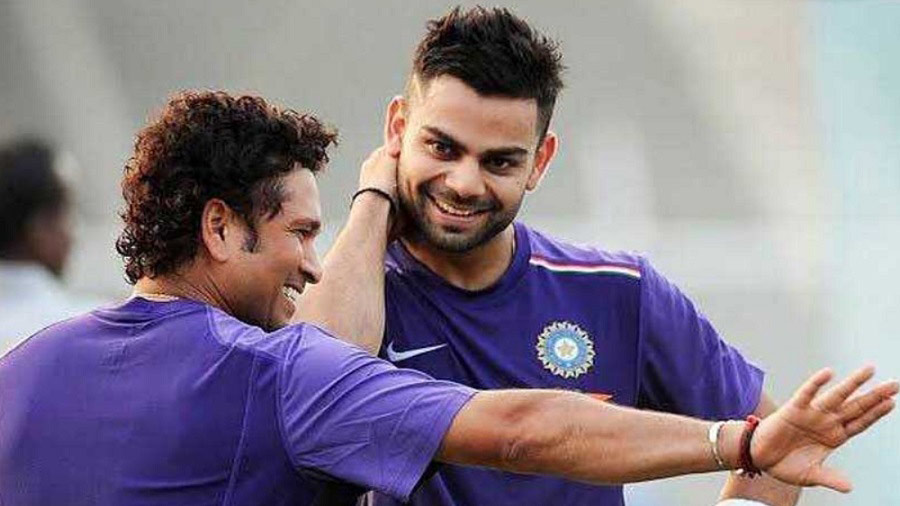
In many people’s eyes, Kohli has to dethrone Sachin Tendulkar to be considered the ODI batting GOAT
When the words longevity and consistency are used in cricket, it is difficult not to think of Sachin Tendulkar, the man Kohli has to dethrone in many people’s eyes if he is to become the definitive ODI GOAT. But while Tendulkar’s sheer career span will still take some catching up, Kohli has, in his own way, been a beacon of long-term performance since his ODI debut in August 2008. To illustrate, consider this — in the 15 years of his ODI career till date, Kohli has surpassed 1,000 ODI runs in a calendar year on eight different occasions (2011-14, 2017-19, 2023), one more than Tendulkar, who did so seven times over 23 years (1994, 1996-98, 2000, 2003, 2007). Kohli’s performance includes the phase between 2020 and 2021 when a mixture of bad form and infrequent cricket (due to the Covid-19 pandemic) made it harder for him to get past the 1,000-run mark.
A chasemaster without equal
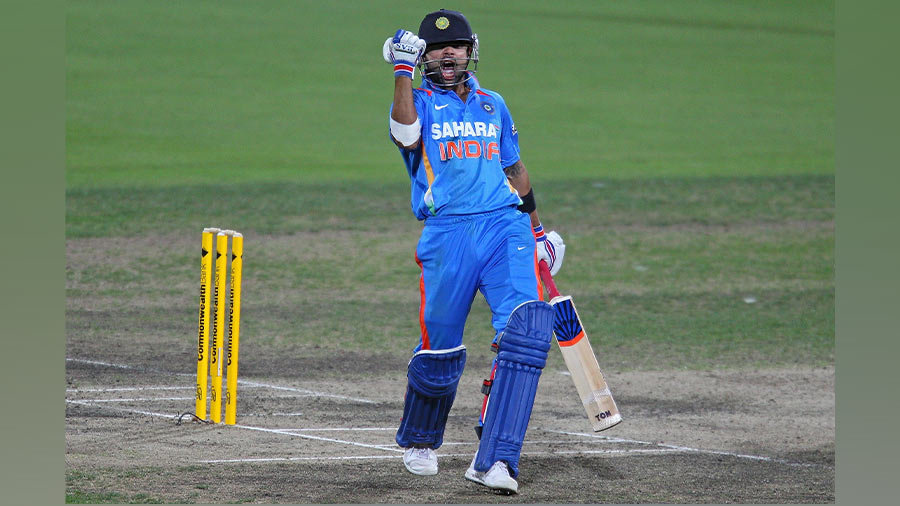
Kohli celebrates after sealing a memorable chase for India against Sri Lanka in Hobart in 2012
The nature of ODI cricket means that it is often harder to accumulate runs under the scoreboard pressure of chasing a target than it is to bat first with no total bearing down on one’s mind. While everyone hails Kohli as the chasemaster, it takes a proper look at his numbers when batting second to understand the extent of his mastery. Till date, Kohli has been involved in 152 run chases, scoring 7,794 runs at an average of 65.49 and a strike rate of 93.64, with 27 centuries and 40 half-centuries. In terms of runs, this is only behind Tendulkar’s 8,720 runs (which Kohli should overhaul by the time he is done), with the Little Master having played 80 innings more. In terms of hundreds, Kohli has 10 more than the next best (Tendulkar with 17). For all batters scoring more than 3,000 runs in chases, Kohli’s average is number one. By the same metric, Kohli’s strike rate is only behind Shahid Afridi (3,666 runs at a strike rate of 119.06), Virender Sehwag (3,950 runs at a strike rate of 101.93), Adam Gilchrist (4,789 runs at a strike rate of 100.82) and AB de Villiers (4,204 runs at a strike rate of 95.04). To put it plainly, in the history of ODI cricket, Kohli is a chasemaster without equal.
Kohli as a match-winner and performances in multinational competitions
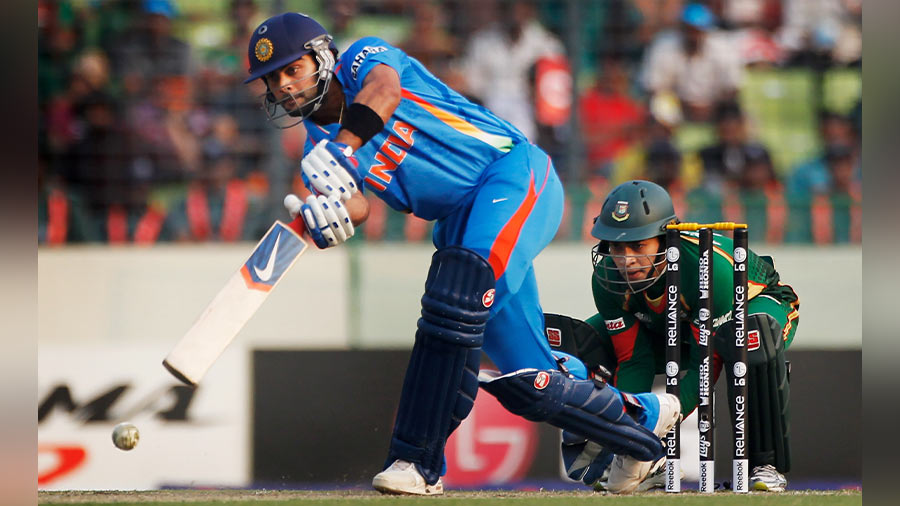
Kohli en route to a century on World Cup debut in 2011
But chases alone do not win matches. Taking the initiative and posting a big total can also go a long way in confirming a batter’s value in ODI cricket. Filtering for batting records in team victories, Kohli’s numbers are virtually peerless once more. With 9,780 runs in 170 innings for a victorious India, Kohli is only behind Tendulkar (11,157 runs) and Ricky Ponting (10,726 runs) in terms of overall runs contributed to winning efforts. His average of 74.65 is far superior to anyone in the list of top 50 run-getters in winning causes (Mahendra Sing Dhoni is second with 69). Among the top 10, only Gilchrist has a better strike rate (99.33) than Kohli’s 97.12. And here comes the clincher — 40 out of 48 Kohli’s ODI tons have led to his team winning, seven more than Tendulkar’s 33 in second place.
While the bulk of Kohli’s ODI supremacy has come in bilateral series, his stats also stand out in multinational competitions (involving three or more countries), which include the 50-over World Cup and the Champions Trophy. No batter among the top 50 run-getters in multinational competitions averages better than Kohli’s 51.97. His strike rate of 89.86 is also among the top five.
The argument of not facing quality bowlers
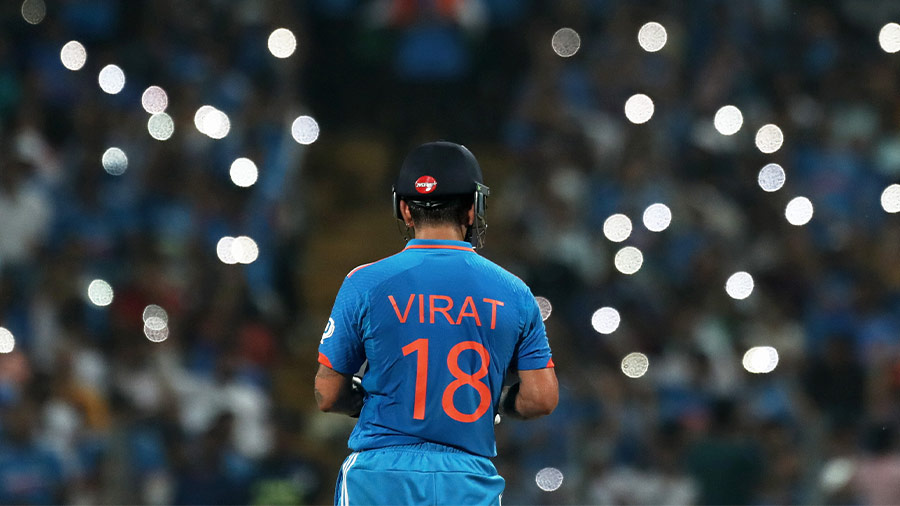
Kohli may not have faced the most prolific wicket-takers in ODI history, but his adversaries have been no slouches either
For the Kohli naysayers, there are two arguments that apparently nullify VK18’s case for being the ODI goat. First, the two new balls that are now a feature of ODI cricket, which help to eliminate reverse swing while keeping the ball in a better condition for batters to smash at the death. Second, the supposed dip in the quality of bowling. There is no way Kohli can counter the first argument, since he can only play under the rules operative during his career. To the second argument, hear this out. While it is true that only Lasith Malinga can be considered a direct contemporary of Kohli among the 10 most prolific wicket-takers in ODI history, it is also unfair to suggest that Kohli has not faced stiff competition. Apart from Malinga, Kohli has faced at least 100 balls in ODI cricket from the likes of Dale Steyn, Shakib Al Hasan, Tim Southee, Morne Morkel, Mitchell Starc, Trent Boult and Kagiso Rabada. Not exactly second-string slouches! Against most of these bowlers, Kohli has scored at more than a run-a-ball, and only Shakib (with five dismissals) has got him out more than thrice in ODIs. While not even Kohli can be confident of replicating his stupendous ODI numbers were he to confront bowlers of the ilk of Glenn McGrath, Wasim Akram, Waqar Younis, Shane Warne or Muttiah Muralitharan at their peak, it is fair to say that he would still have remained exceptional against the best of the best.
Given the difference in cricketing fandom across generations and the loyalty that most fans have towards their favourites, it is natural that some will still remain unconvinced about Kohli’s standing as the ODI batting GOAT. And that, after all, is what keeps cricketing debates alive. Stylistically, there can be any number of arguments against Kohli (he will have a fair few in his favour, too), but ahead of what should be a landmark occasion at the Eden Gardens, there is no doubt that Kohli is, statistically speaking, the greatest ODI batter in the history of men’s cricket.

